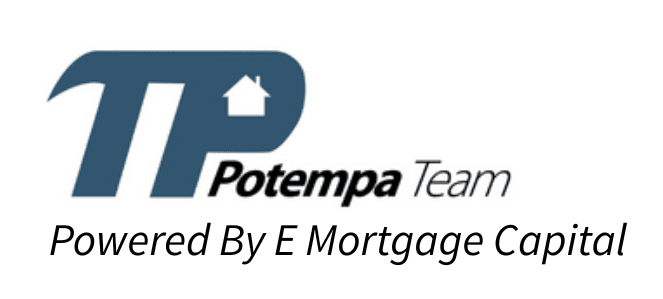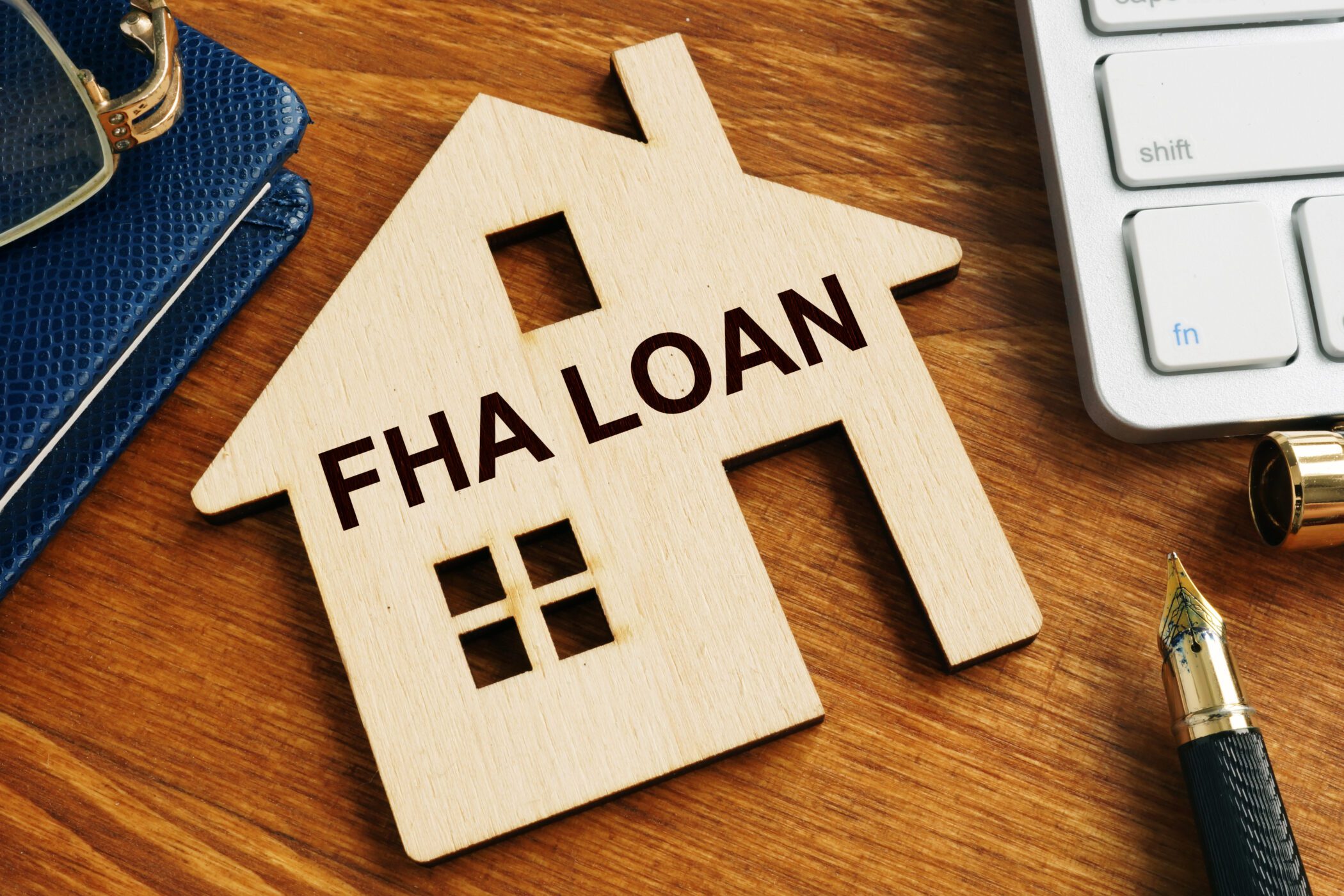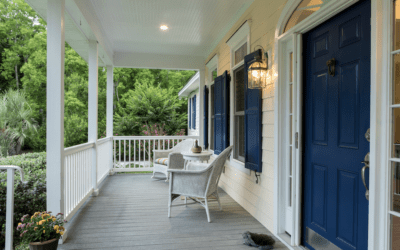People who get a conventional mortgage to pay for a home may hear about private mortgage insurance, often shortened to PMI. This type of insurance protects the lender if you stop paying the mortgage. Homeowners can purchase a different policy if they want coverage for their mortgage payments if a covered event occurs.
Even though PMI isn’t coverage for the homeowner, the homeowner is still responsible for paying for the coverage. There are three ways that these charges are covered.
- Monthly payments: Monthly payments for PMI are added to the monthly mortgage payment. This is determined using a specific percentage of the total loan value.
- Lump-sum payment: A lump sum payment is made at closing for the PMI. The one-time payment is currently 1.75% of the total mortgage. Once it’s paid, you don’t have to worry about paying it again. It may also be rolled into the mortgage.
- Combination of both: When both are used, a lump sum is paid at closing, and the rest is paid in monthly installments with the mortgage. This is uncommon on modern FHA mortgages.
How does PMI work for an FHA mortgage?
An FHA loan doesn’t use PMI because it isn’t a private mortgage. Instead, FHA loans have mortgage premium insurance, shortened to MPI. Some people think that all FHA loans are subjected to MPI for the duration of the loan; however, that’s not the case.
FHA loans are divided into two categories. Those opened before June 3, 2013, and those opened that day or after.
- Loans opened before June 3, 2013: Loan must be down to at or below 78% of the last appraisal by FHA, and the mortgage must be in good standing for MIP to be canceled.
- Loans opened on or after June 3, 2013: MIP remains in place for the life of the loan unless you put at least 10% as a down payment. The only alternative is to refinance. If you put at least 10% down, the MIP automatically cancels after 11 years of payments.
One thing that FHA borrowers should remember is that the MIP serves a good purpose. A person paying the MIP will typically have a lower interest rate. Still, most homeowners who have to pay this want to do away with it as soon as possible since it can save them money each month.
How can refinancing get rid of MPI on an FHA mortgage?
Most people who have an FHA mortgage will opt to refinance to a conventional mortgage. This will eliminate the MIP because the federal government won’t back the loan after the refinance.
To refinance into a conventional mortgage, you’d have at least 20% equity in the home. This is a bit easier for some homeowners because of rising home values. When home values increase, it’s quicker to reach 20% in equity than if you rely solely on payments. This means that a home that’s worth $200,000 in the current market would need a mortgage balance of no more than $160,000 to qualify for a refinance into a conventional mortgage.
You need a stronger credit score for a conventional mortgage than you did for an FHA mortgage because the federal government doesn’t back conventional mortgages. If you have a very high credit score, you may qualify for a conventional refinance with less than 20% equity; however, you would need to have private mortgage insurance on that loan until you reach the 20% equity in the home.
It’s possible to request cancellation of the PMI on a conventional mortgage once the loan balance dips to 80% of the home’s original value. According to the Homeowners Protection Act, the lender must automatically cancel it once the mortgage balance reaches 78% of the home’s original value. You can find the dates these are projected to happen on the PMI disclosure document you received at closing.
Another consideration of refinancing into a conventional mortgage is that you’ll have to pay closing costs. These costs, which include loan origination, appraisal, inspection, credit report, application fees, and title search expenses, are usually paid when the refinance is closed.
It’s possible in some cases to have the fees rolled into the refinance, but remember this will increase the loan balance. There’s a chance that not paying the closing costs for the refinance upfront could also result in a higher interest rate on the mortgage.
Will a refinance to a conventional mortgage help you?
Before you decide that a refinance into a conventional mortgage is right for you, you’ll have to sit down and go over the numbers. You need to look at how much the monthly payment will be and the duration of the payments. Consider the overall cost you’ll spend by the end of the mortgage.
Remember not to look only at the monthly payments. Also, look at the duration of the loan. In some cases, a refinance may get you a better interest rate that could save you money each month without extending the life of the loan too far. Some homeowners would rather have a longer mortgage with lower monthly payments just in case of financial trouble. A conventional refinance may also be able to accomplish that goal.
It’s often best to shop around to find a conventional refinance in your best interests. The Potempa Team professionals can help you find options for competitive home loans. Please contact us to discuss your needs so we can let you know how we can help you and get the process started.





